Awesome Info About How To Diagnose Anxiety Disorder

Adults 18 to 64 years of age is 2.9% and 3.1%, respectively.
How to diagnose anxiety disorder. Generalized anxiety disorder (gad) is a common and disabling disease. Based on this assessment, the person may be. Conduct a psychological evaluation to talk about your symptoms, stressful situations, family history, fears or concerns, and ways that your anxiety is negatively affecting.
To diagnose an anxiety disorder, a doctor performs a physical exam, asks about your symptoms, and recommends a blood test, which helps the doctor determine if another condition, such as. In this population, the lifetime prevalence is 7.7% in women and 4.6% in men. Repeated and unexpected panic attacks (anxiety attacks) with both physical manifestations (palpitations, dyspnea, diaphoresis,.
There are various criteria that a doctor considers when determining a diagnosis for anxiety. Finding it difficult to manage your feelings of anxiety is also an indication that you may have the condition. To make a diagnosis, a mental health professional will ask some questions about anxiety symptoms and life circumstances.
To diagnose an anxiety disorder, a doctor performs a physical exam, asks about your symptoms, and recommends a blood test, which helps the doctor determine if another condition, such as. Anxiety disorders are differentiated from one another by the prominence of certain symptoms. A diagnosis of separation anxiety disorder is made using a clinical assessment that follows the american psychiatric association's (apa) diagnostic criteria listed in the.
Panic disorders are characterized by: How does a doctor diagnose anxiety? To help with the diagnosis, your gp may carry out a physical examination or blood.
They might also ask you to complete a. There's no way to predict for certain what will cause someone to develop an anxiety disorder, but you can take steps to reduce the impact of symptoms if you're anxious:. It is characterized by worries.
:max_bytes(150000):strip_icc()/dsm-5-criteria-for-generalized-anxiety-disorder-1393147-final-5cde49b87f644d4a9eb25ad7ab1ceae0.png)
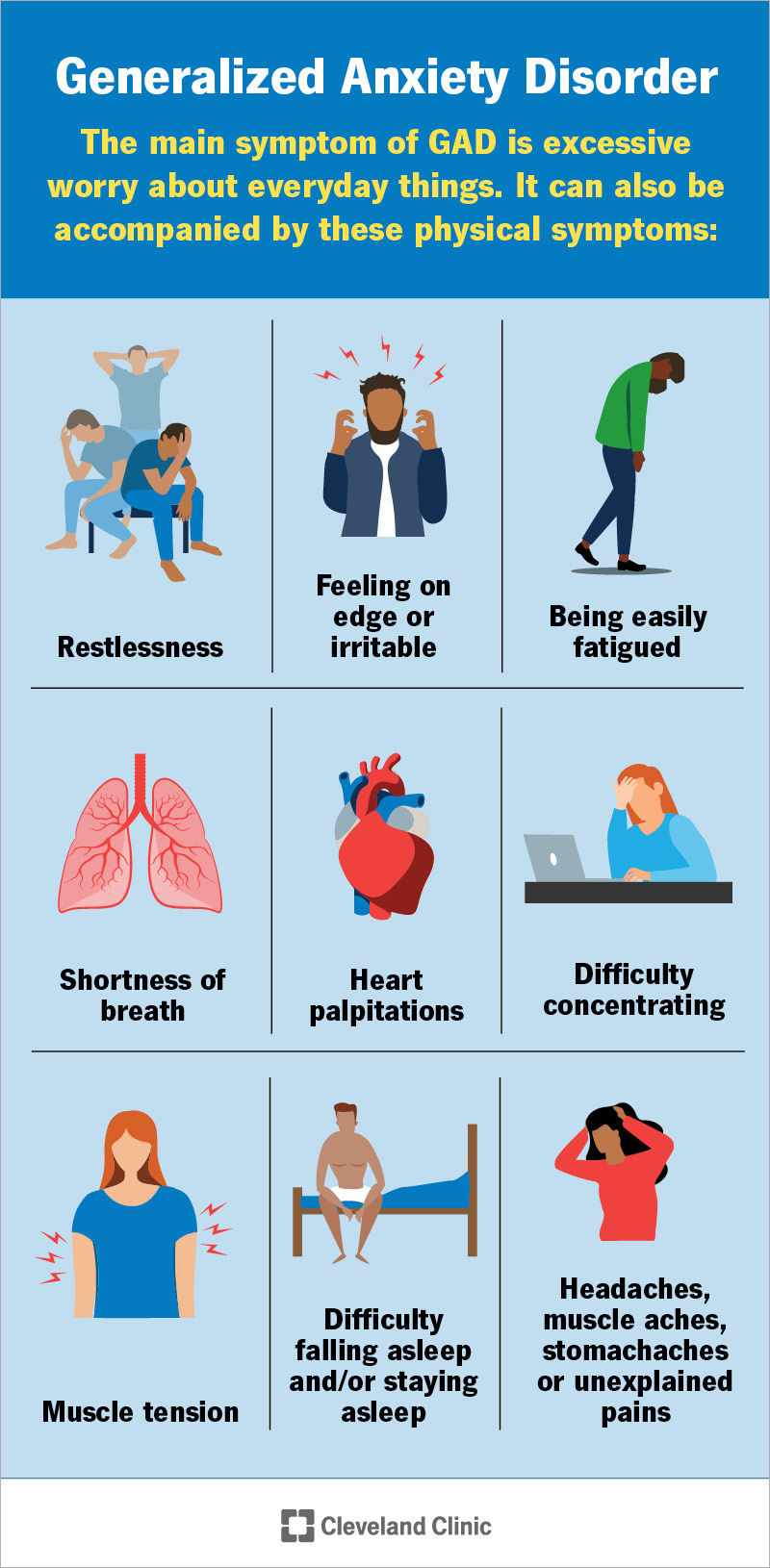

:max_bytes(150000):strip_icc()/anxiety-disorder-diagnosis-5114303_V2-412fb155825d40d9ab7a1c44fe8bb5be.jpg)
/social-anxiety-disorder-symptoms-and-diagnosis-4157219-5c5db04146e0fb000127c7e9.png)
/extreme-anxiety-symptoms-types-treatments-and-coping-5201901-1500x1000-Text-Final-7d0723a651c54f279c2cdf52772a5bed.png)
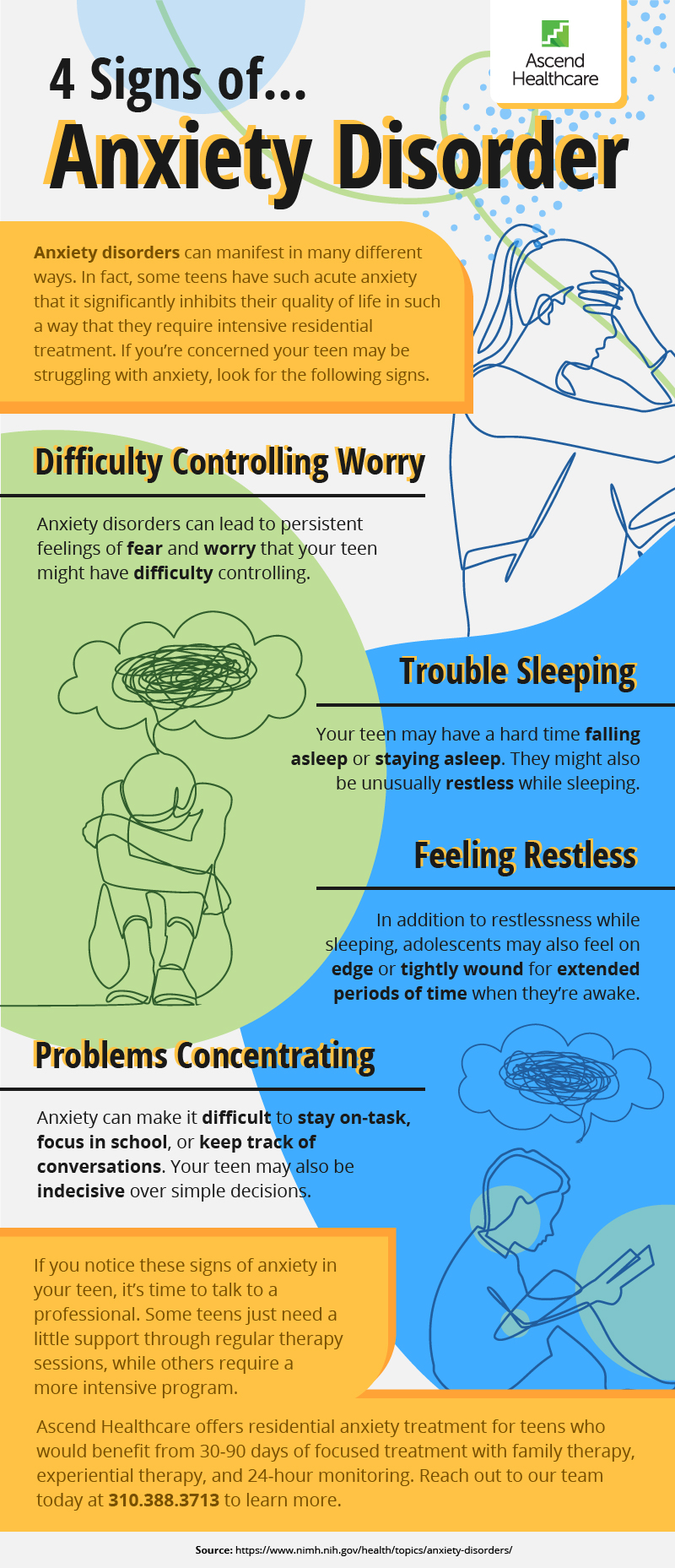
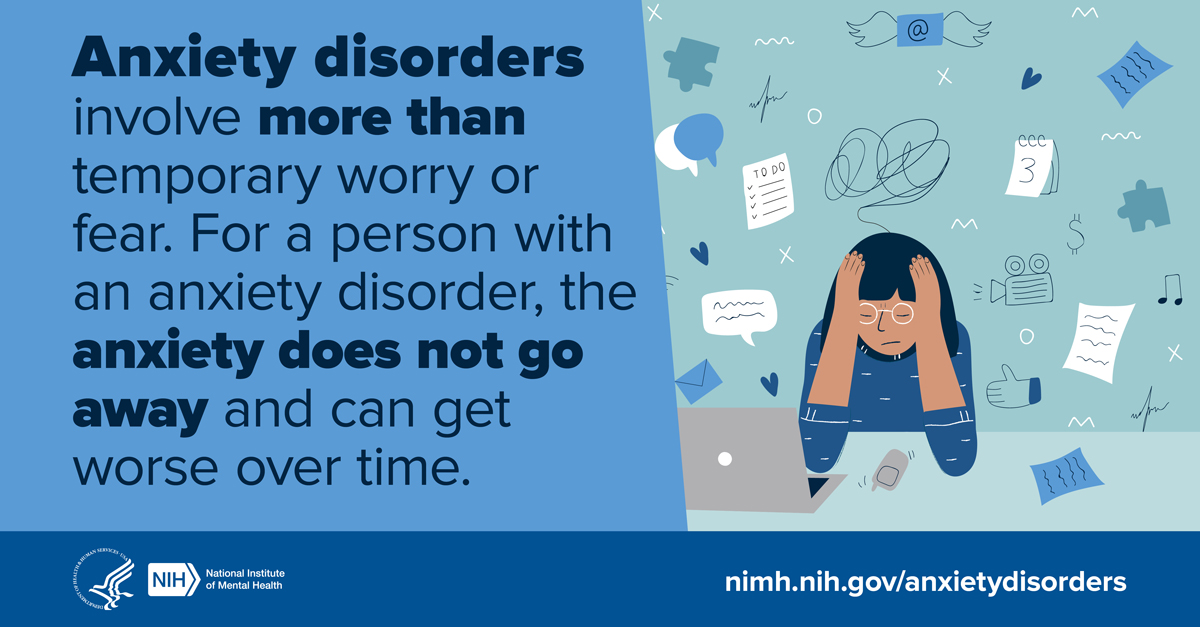
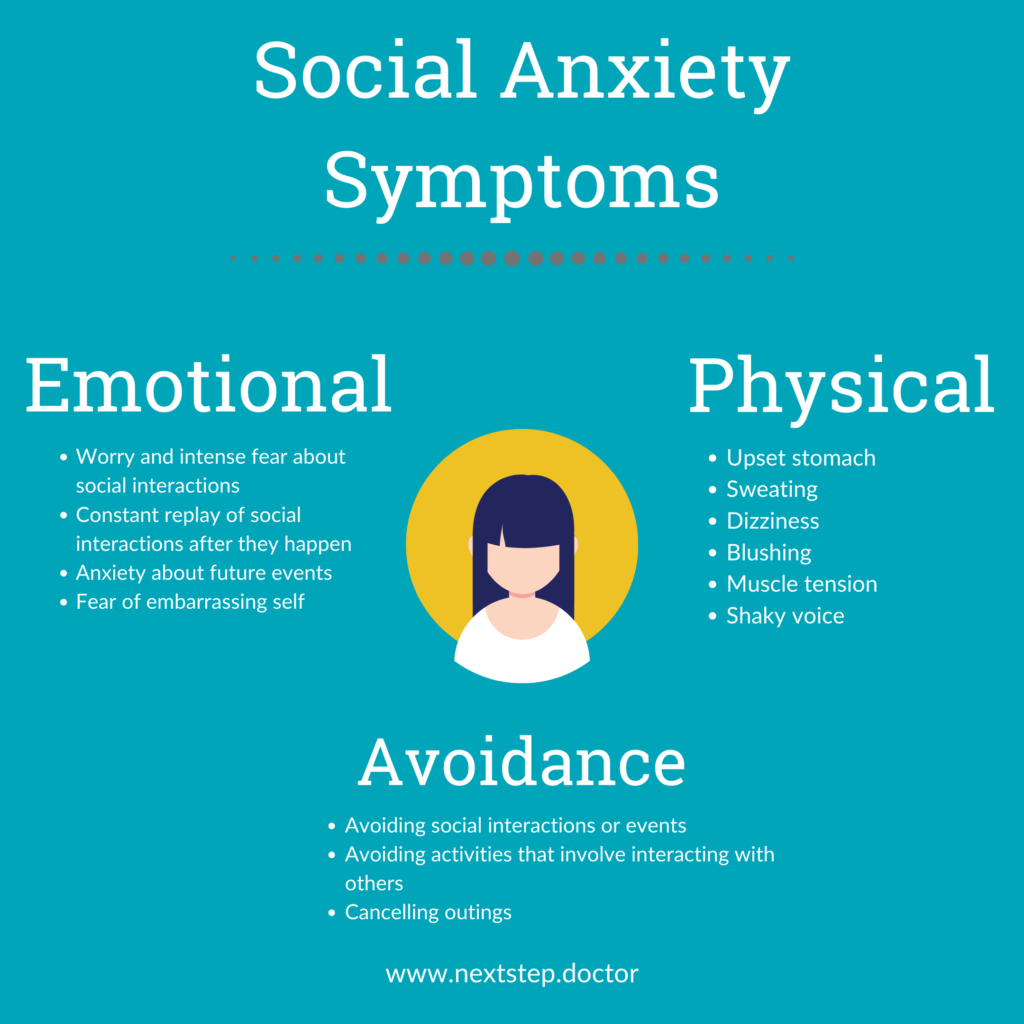
:max_bytes(150000):strip_icc()/anxiety-symptoms-5086955-Illo-2-Final-fe91bbabb3634053a467c027984c339b.jpg)

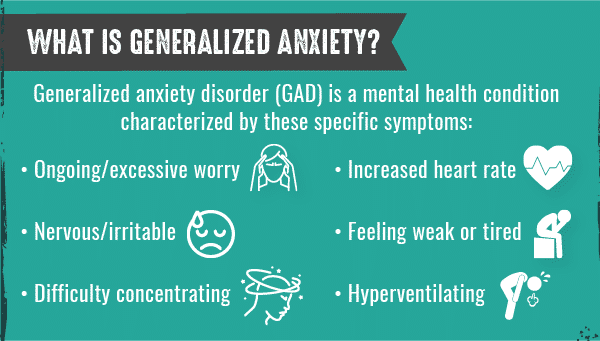
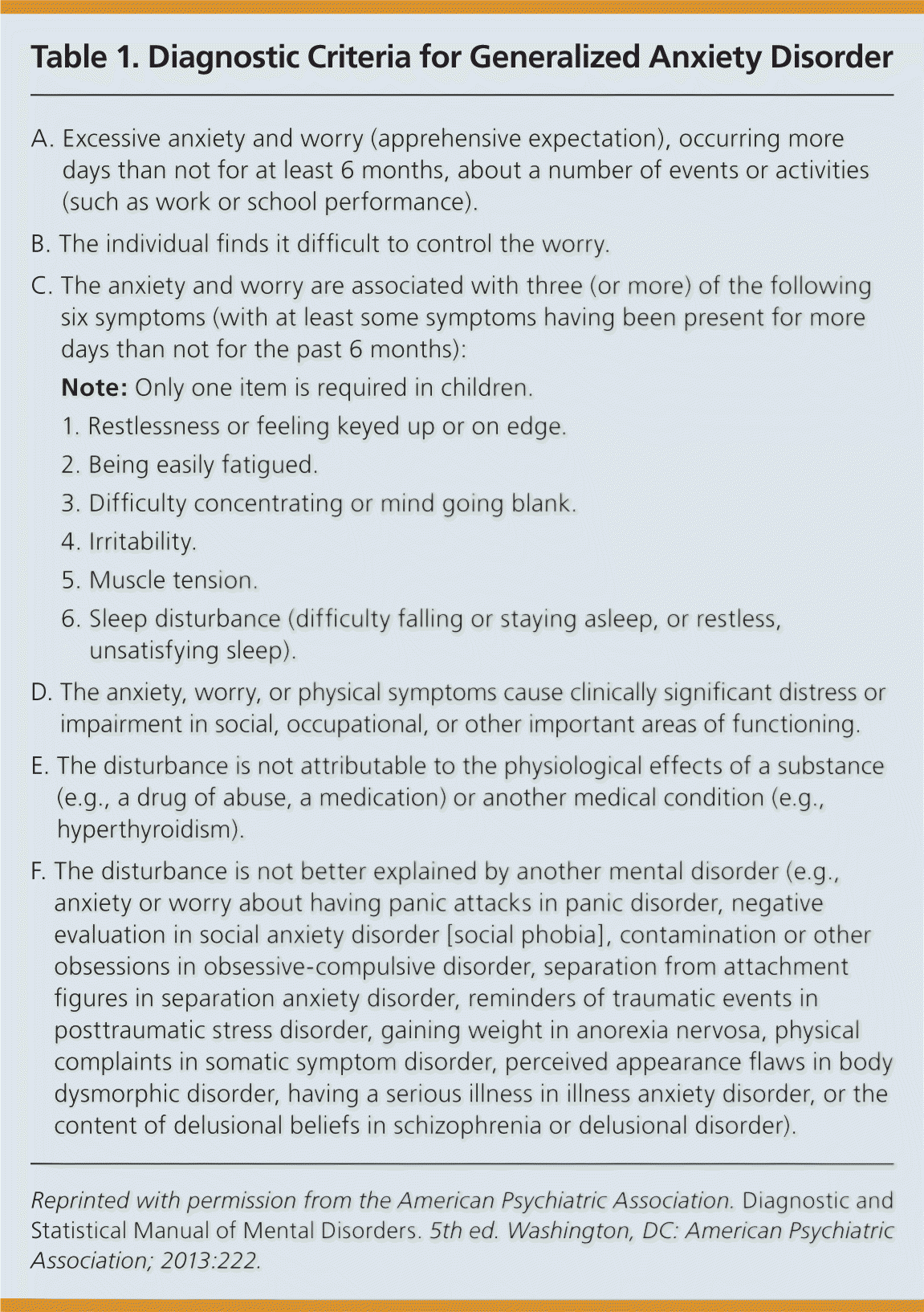
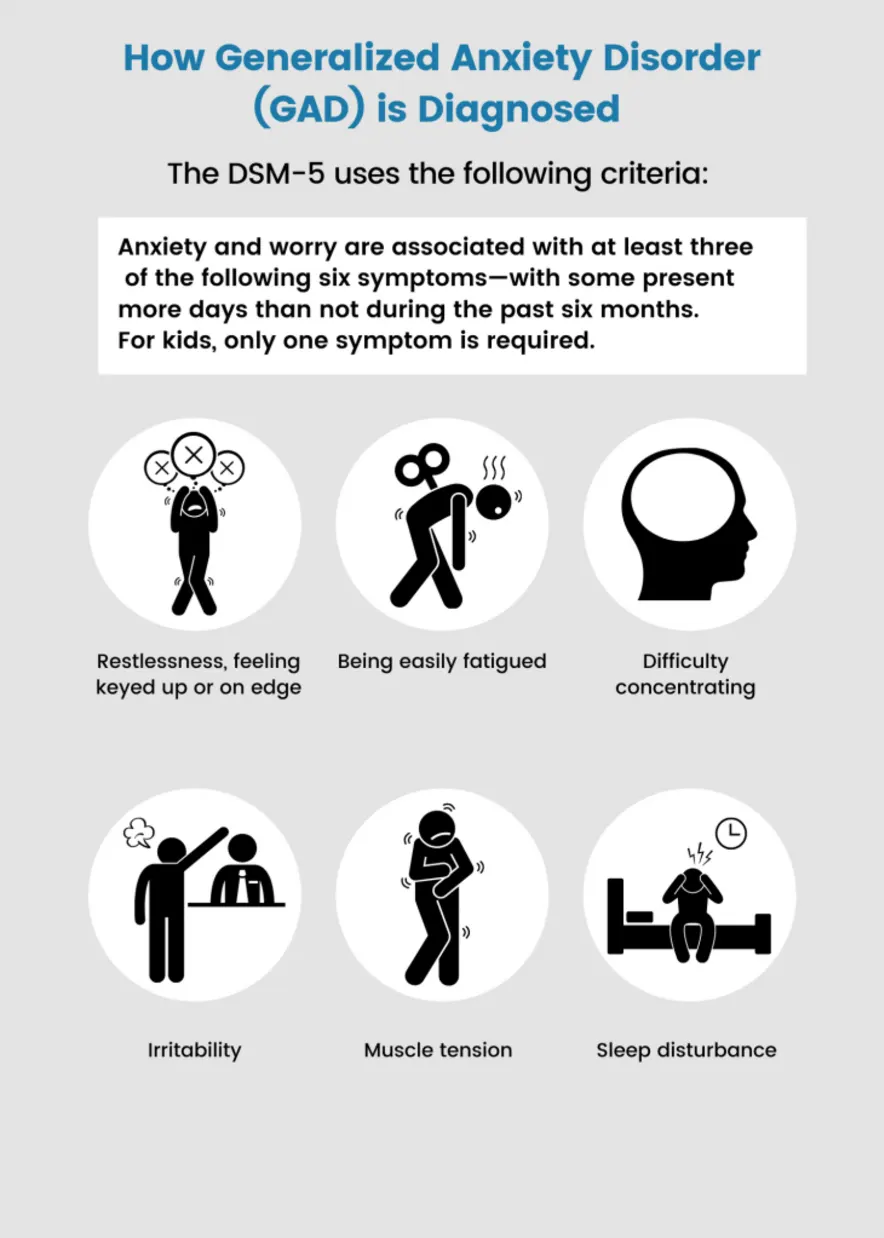




:max_bytes(150000):strip_icc()/anxiety-symptoms-5086955-Illo-3-Final-7ba221dd5e0545058de8795af4b49a36.jpg)